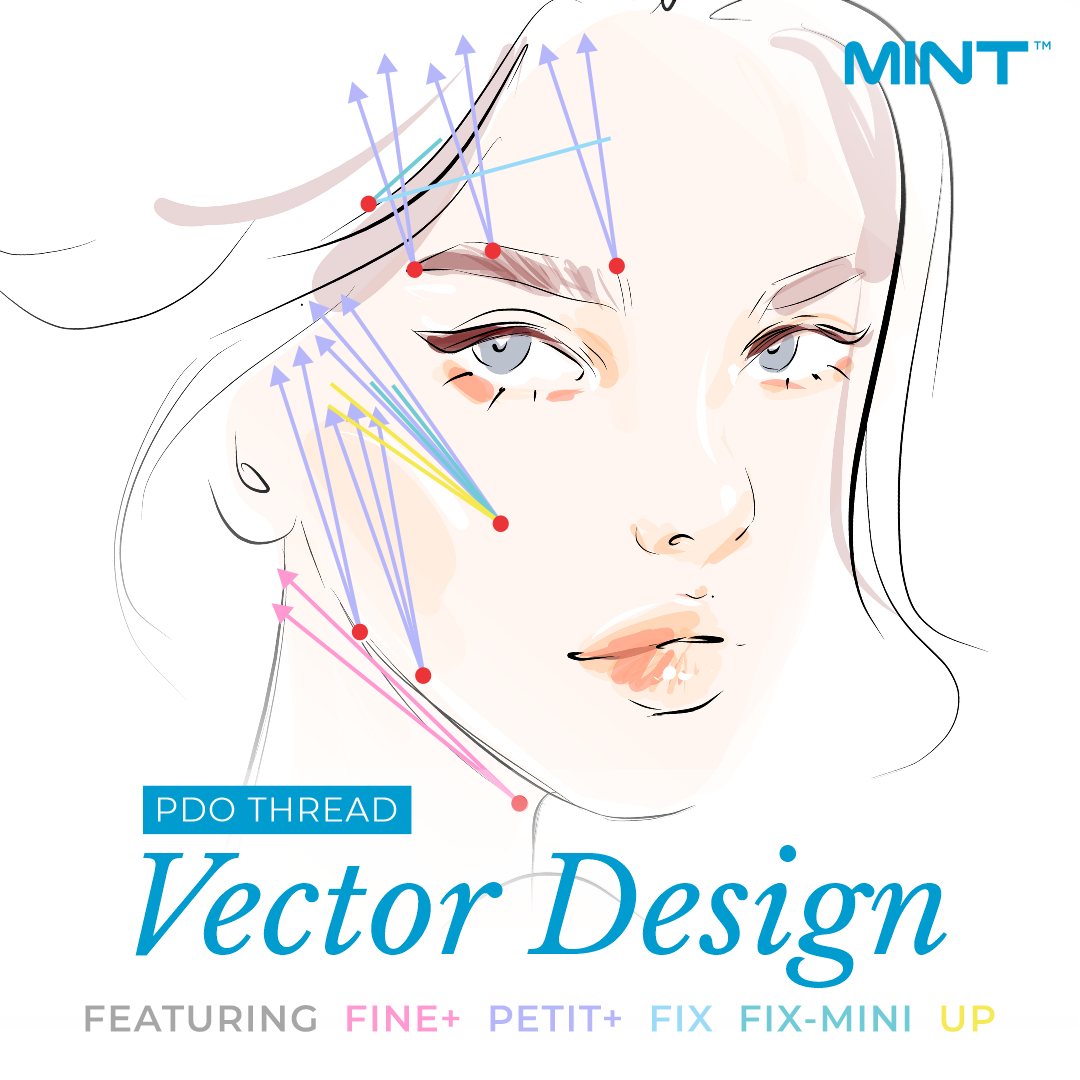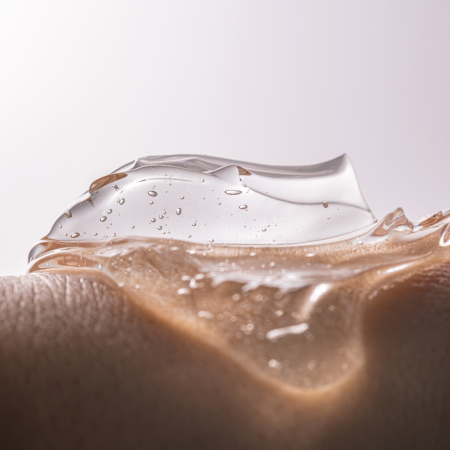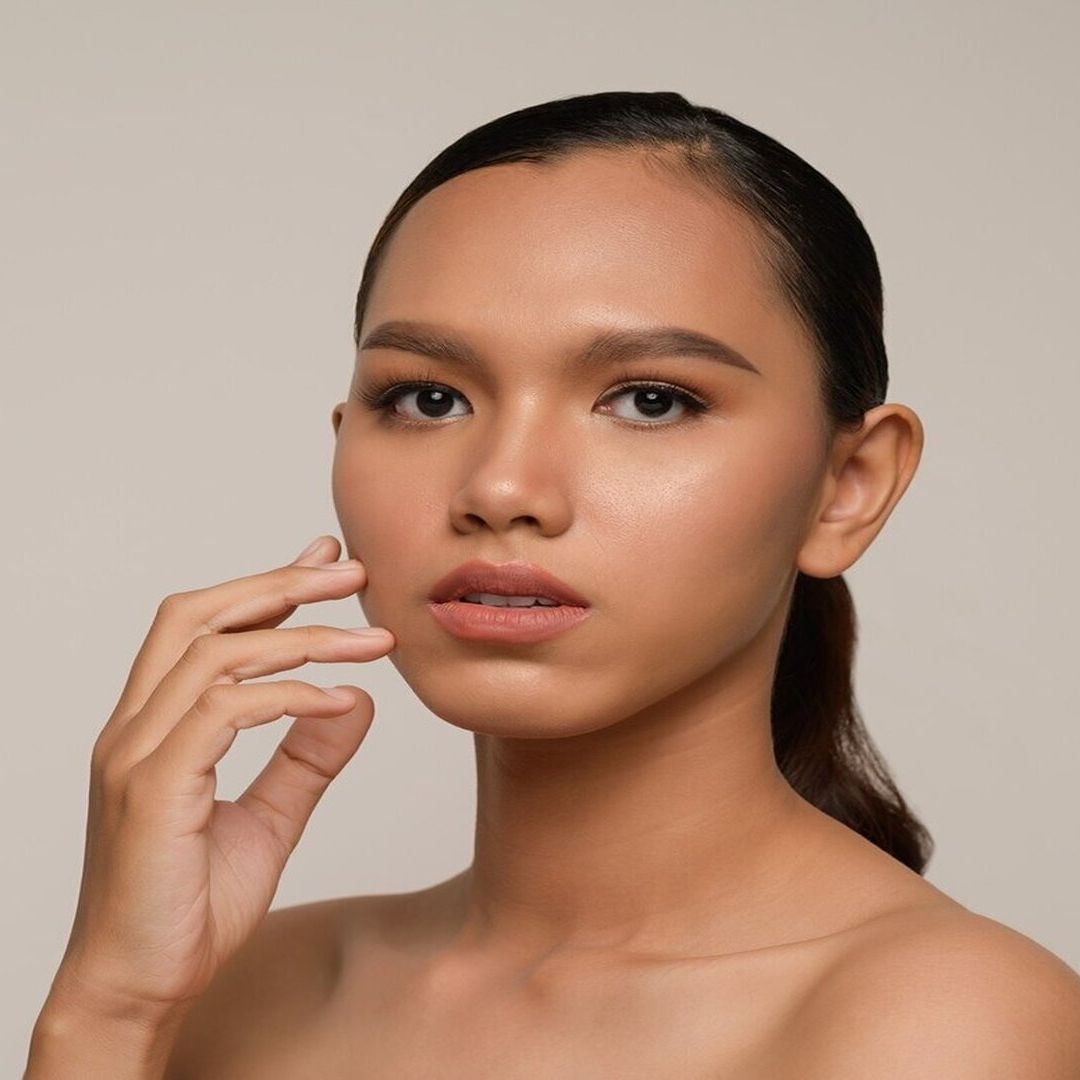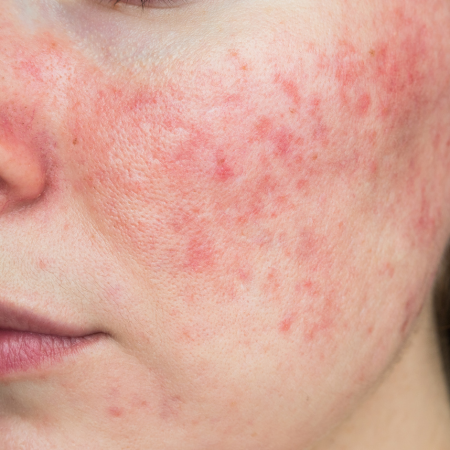Vector Design of the Month, May 2023

Reverse Vectors for May 2023tle
This month, we’re putting it in reverse!
This Vector Design of the Month features a combination of five threads from the MINT™ PDO product portfolio. Bi-directional FINE+ and PETIT+ were used for lifting and tightening sagging tissue, while multi-directional FIX, FIX-MINI, and UP were used for securing the threads and tissue into place.
Three major areas of the face were targeted: the temporal region, midface, and lower face.
In the temporal region, 6 PETIT+ were used for a brow thread lift. Two were placed in the medial brow, two in the arch, and two at the lateral brow tip for an overall brow lift. Then 1 FIX and 1 FIX-MINI were placed across the PETIT+ threads. The multi-directional threads act as a “glue” or “double-sided tape” because its design is meant to limit movement in the surrounding tissue and further secure the threads onto the tissue to extend the degree and longevity of the lift.
In the midface, 3 PETIT+ were used to lift the nasolabial folds. Using PETIT+ in a reverse vector allocates more lifting barbs to cover a wide area like the midface. There are fewer anchoring barbs with the PETIT+ in reverse, so 2 FIX-MINIs and 2 UPs were used to help lock the tissue into place. The multi-directional portion of UP helps to further secure the tissue, while the uni-directional portion provides additional volume to help achieve that “cheek pop” look.
In the lower face, 3 PETIT+ were inserted where the jowls were heaviest and still prominent after the midface thread lift and 2 were inserted closer to the gonial angle to create a tighter jawline. Then 2 FINE+ were used in the neck to create a cleaner and tighter neckline.
Utilizing certain thread designs in reverse vectors can offer a multitude of benefits. Try out this reverse vector combination on your next MINT™ PDO thread lift session.




